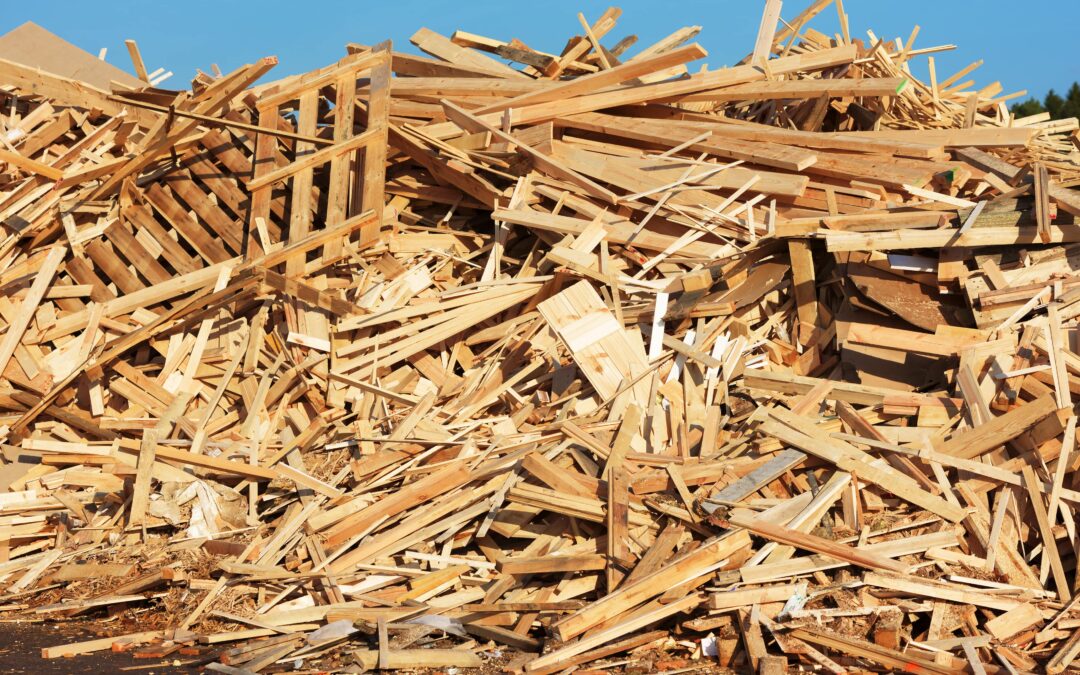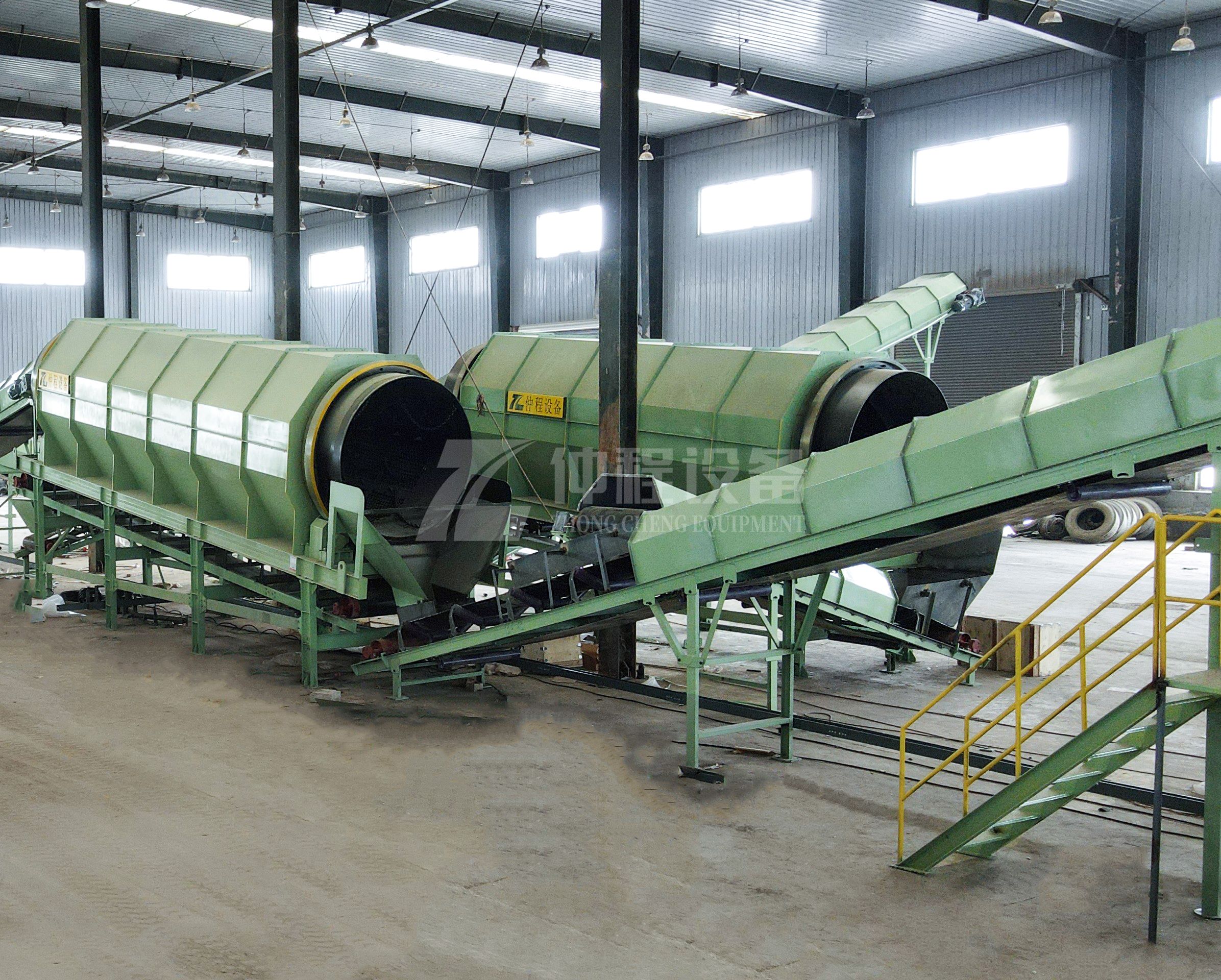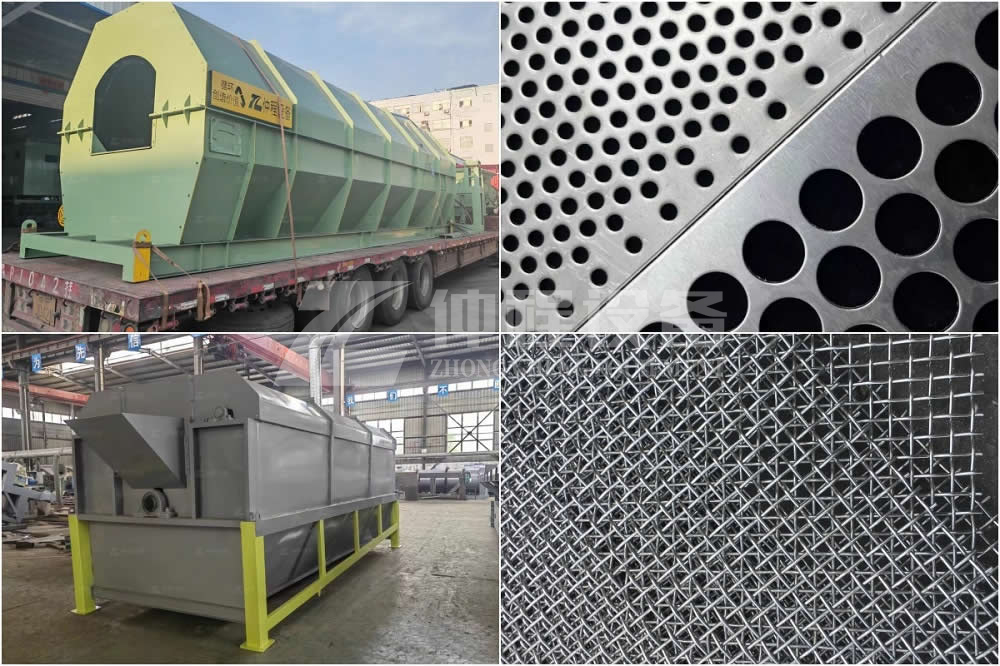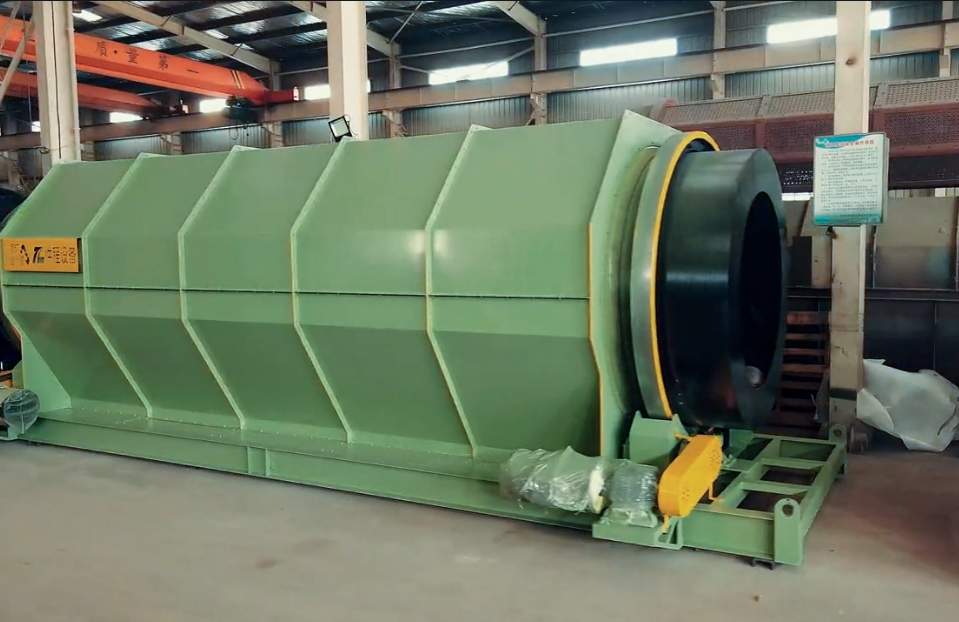The Crucial Role of Roller Screens in Improve Wood Recovery Efficiency and Sustainability
Roller screens play a crucial role in the wood recovery process, offering a range of benefits that enhance the efficiency, quality, and sustainability of wood recycling. These machines are designed to perform size-based separation, effectively remove debris, improve recovery rates, provide versatility in processing, reduce labor costs, and contribute to environmental sustainability. Let's delve deeper into how roller screens impact each of these aspects in the wood recovery process.

Size-Based Separation: A Key to Quality
Size-based separation is one of the primary functions of roller screens in wood recovery. Wood waste typically comes in a variety of sizes, ranging from large logs and branches to smaller chips, sawdust, and shavings. This variation in size can present challenges when it comes to processing the wood for reuse. Roller screens are equipped with adjustable rollers that can be configured to separate wood materials into different size fractions.
This precise size-based categorization is essential for several reasons. Firstly, it ensures that each type of wood material is processed in a way that maximizes its value. For example, large logs might be directed toward sawmills for lumber production, while smaller wood chips could be processed into particleboard or used as biomass fuel. Secondly, size-based separation enhances the quality of the recovered wood. By ensuring that wood of similar sizes is grouped together, roller screens help produce a more uniform final product, which is particularly important in industries like construction and furniture manufacturing where consistency is key.

Efficient Debris Removal: Protecting Equipment and Ensuring Purity
In wood recovery, one of the significant challenges is the presence of non-wood debris such as soil, rocks, metal fragments, and even plastic. These contaminants can degrade the quality of the recovered wood and cause serious damage to downstream processing equipment. Roller screens are highly effective at removing these unwanted materials. As the wood passes through the roller screen, the smaller debris falls through the gaps between the rollers, while the larger wood pieces continue on for further processing.
The ability of roller screens to efficiently remove debris has multiple benefits. It ensures that only clean, high-quality wood passes through to the next stages of processing, which improves the overall quality of the recycled wood. Additionally, by removing potentially damaging debris early in the process, roller screens help protect expensive machinery, such as chippers, grinders, and sawmills, from excessive wear and tear. This not only reduces maintenance costs but also minimizes downtime, leading to more efficient operations.
Enhanced Recovery Rates: Maximizing Material Reclamation
One of the most significant advantages of using roller screens in wood recovery is the enhancement of recovery rates. The precise separation of wood from other materials means that a higher percentage of the wood that enters the recovery process is successfully reclaimed. This is particularly important in industries where there is a high demand for recycled wood products.
For example, in the construction industry, there is a growing demand for reclaimed wood for use in sustainable building practices. Similarly, the furniture industry is increasingly using recycled wood to create environmentally friendly products. By ensuring that as much wood as possible is recovered and made available for reuse, roller screens play a vital role in meeting this demand. High recovery rates also mean that less wood waste ends up in landfills, which is a significant environmental benefit.
Versatility in Processing: Adapting to Various Wood Types and Conditions
Roller screens are versatile machines that can handle a wide range of wood types and conditions. Whether dealing with softwoods like pine and spruce or hardwoods like oak and maple, roller screens can be adjusted to accommodate different types of wood. This versatility extends to the moisture content of the wood as well. Roller screens can effectively process both wet and dry wood, making them suitable for various stages of the wood recovery process.
This adaptability is particularly important in industries where the type and condition of wood waste can vary widely. For instance, in forestry operations, freshly cut wood might be processed, while in urban settings, wood waste that has been exposed to the elements for extended periods may need to be recovered. The ability of roller screens to consistently perform under different conditions ensures that the wood recovery process is efficient and reliable.

Reduction of Labor Costs: Automation and Efficiency
The use of roller screens in wood recovery not only improves the quality and efficiency of the process but also significantly reduces labor costs. Traditional wood sorting methods often require manual labor, which can be time-consuming, expensive, and prone to human error. Roller screens automate the sorting process, reducing the need for manual intervention.
This automation leads to several benefits. First, it lowers labor costs, as fewer workers are needed to operate the equipment. Second, it minimizes the risk of human error, resulting in more accurate and consistent separation of wood materials. Finally, automation enhances worker safety by reducing the need for manual handling of heavy or sharp objects, which can cause injuries. Overall, the reduction in labor costs and the improvement in safety make roller screens a cost-effective solution for wood recovery operations.

Environmental Benefits: Supporting Sustainability
The environmental benefits of using roller screens in wood recovery are substantial. By efficiently separating wood from other waste materials, roller screens help reduce the amount of wood that ends up in landfills. Instead of being discarded, recovered wood can be reused in various applications.
For example, reclaimed wood can be processed into new products, such as furniture, flooring, and building materials. It can also be used as biomass for energy production, providing a renewable source of energy. Additionally, wood waste can be turned into mulch for landscaping, which helps conserve natural resources and reduces the need for chemical fertilizers. By promoting the reuse of wood, roller screens contribute to a circular economy where resources are used more sustainably.
In conclusion, roller screens play an indispensable role in the wood recovery process. Their ability to perform size-based separation, remove debris, enhance recovery rates, adapt to different wood types, reduce labor costs, and support environmental sustainability makes them a valuable asset in the quest for efficient and eco-friendly wood recycling. As industries continue to prioritize sustainability, the use of roller screens in wood recovery is likely to become even more widespread, helping to conserve natural resources and reduce the environmental impact of wood waste.
-
 Trommel screenTrommel screen, also known as drum screens, are widely used in various industries for sorting and separating materials.Get Quote
Trommel screenTrommel screen, also known as drum screens, are widely used in various industries for sorting and separating materials.Get Quote -
 Crop straw double shaft shreddApplications:Biomass Energy Production: Shredded straw can be used as a feedstock for bioenergy plants to produce electricity or heat.Livestock Feed: Reduced-si...Get Quote
Crop straw double shaft shreddApplications:Biomass Energy Production: Shredded straw can be used as a feedstock for bioenergy plants to produce electricity or heat.Livestock Feed: Reduced-si...Get Quote -
 Zhongcheng Air Drum SeparatorAir drum separators effectively separate lightweight materials (e.g., plastics, paper) from heavier materials (e.g., metals, glass). This high efficiency is cru...Get Quote
Zhongcheng Air Drum SeparatorAir drum separators effectively separate lightweight materials (e.g., plastics, paper) from heavier materials (e.g., metals, glass). This high efficiency is cru...Get Quote
-
2025-03-03Mini Copper Wire GranulatorThe copper wire granulator machine is a device specially used to process waste wires and cables. Its main function is to separate the copper and plastic in the ...
-
2024-06-05Waste Trommel And Copmost TrommelHowever, it's important to choose the right type of drum screen based on your specific needs. Today, Kevin from Zhongcheng Company will explain the differences...
-
2023-01-12Conveyor BeltGarbage conveyor/Trash conveyor belt system is a processing line to classify paper, plastic, metal, glass, and organic matter and realize the recycling of rubb...
-
2024-08-22Medical waste shredderWorking Principle:Feeding Mechanism: Medical waste is fed into the shredder through a hopper or chute. The feeding mechanism ensures that the waste is introduce...
-
2024-08-07Efficient Material Separation with Bounce ScreensThe ballistic separator is an important equipment with separation function designed for the sorting of inorganic particles in the coarsely crushed waste.



